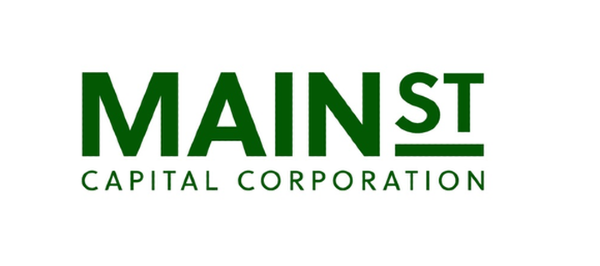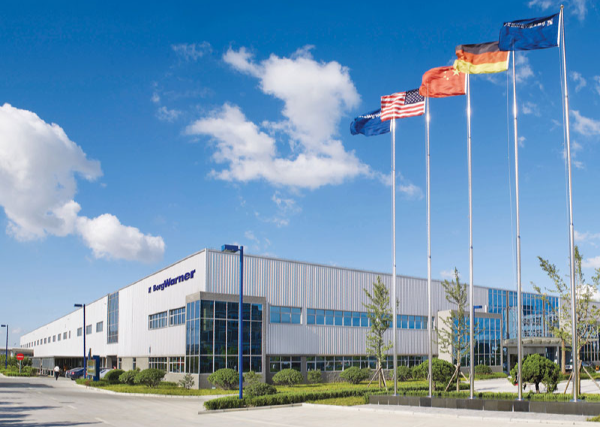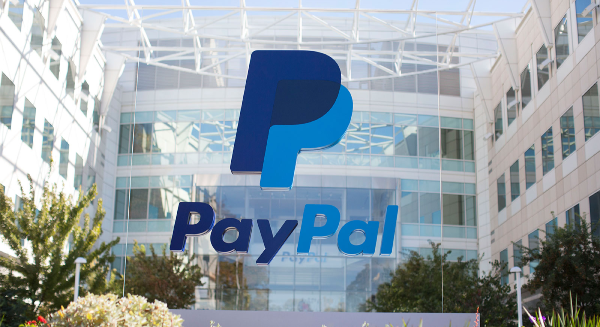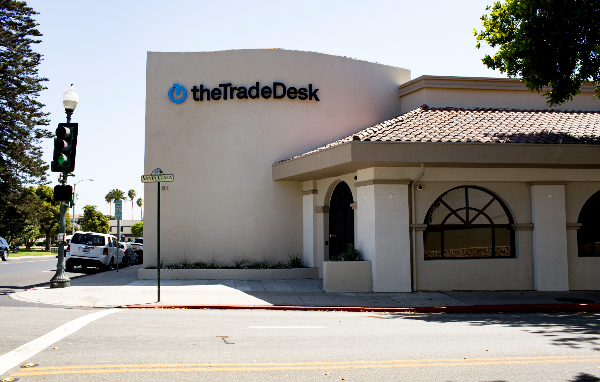In the wake of persistent stock market volatility in March 2025, many investors have turned their attention to dividend stocks like eBay (NASDAQ: EBAY). Dividend stocks are often less volatile than growth stocks, making them a potentially less risky investment choice. But is eBay worth buying as a dividend stock at current prices? Let’s take a close look at its revenue growth, cash flow, return on invested capital (ROIC), dividend yield, and valuation.
Revenue Growth: Slow but Steady
eBay’s revenue growth has been minimal over the past decade, with notable volatility during the pandemic. While the company saw a temporary boost in online sales when shoppers were stuck at home, this momentum has since waned. The platform itself has struggled with a dated and clunky interface, discouraging sellers from listing new items.
Still, eBay holds a strong market share in niche categories like collectibles and sports cards, where consumers sell items to each other. Growth in these areas offers stability, but overall revenue growth is expected to remain low single digits—around 2%-3% annually.
Cash Flow and Asset-Light Model
eBay’s business model is asset-light, as it does not own inventory but simply operates a platform connecting buyers and sellers. This model results in high cash flow from operations, which recently stood at 23.5% of sales. This robust cash flow underscores eBay’s ability to sustain its dividend payments and potentially increase them over time.
Dividend Yield: Growth Potential Ahead
Since initiating its dividend in 2019, eBay has been steadily increasing payouts, with a current yield of 1.64%. While the yield might not seem significant, eBay’s strong cash flow suggests that dividends could double or triple over the next two decades. For investors seeking long-term dividend growth, eBay is a promising candidate.
Competitive Dynamics: Price Increases Across the Industry
The competitive landscape is shifting as peers like Etsy, Amazon, and Shopify have raised fees for buyers and sellers. This trend eases pricing pressure on eBay, improving profitability. Though these fee increases might frustrate sellers, they benefit investors, reinforcing eBay’s stable market position.
Return on Invested Capital: Volatility and Potential
eBay’s ROIC has been volatile, influenced by acquisitions and divestments—such as the sale of its South Korean e-commerce business and the spin-offs of PayPal and eBay Motors. Despite these fluctuations, eBay’s conservative capital investments position it to achieve sustainable ROIC levels of 15% or higher in the long term.
Valuation: Undervalued Stock with Limited Growth
At current market prices, eBay appears attractively valued:
- Price to Free Cash Flow (P/FCF): 17
- Forward Price to Earnings (P/E): 11.7
- Intrinsic Value (Discounted Cash Flow Model): $80 per share compared to its current price of $67.
Even with limited growth prospects, eBay’s strong cash flow and undervaluation make it a compelling buy for dividend stock investors.
Final Recommendation: Is eBay Stock a Buy?
Despite its slow growth and dated platform, eBay remains a buy in March 2025. Its asset-light model, strong cash flow, increasing dividends, and undervaluation position it as an attractive choice for long-term investors seeking dividend stability.
https://youtu.be/e0oNLFm3GtU?si=yqeybl4sHbcRcFF_































In the wake of persistent stock market volatility in March 2025, many investors have turned their attention to dividend stocks like eBay (NASDAQ: EBAY). Dividend stocks are often less volatile than growth stocks, making them a potentially less risky investment choice. But is eBay worth buying as a dividend stock at current prices? Let’s take a close look at its revenue growth, cash flow, return on invested capital (ROIC), dividend yield, and valuation.
Revenue Growth: Slow but Steady
eBay’s revenue growth has been minimal over the past decade, with notable volatility during the pandemic. While the company saw a temporary boost in online sales when shoppers were stuck at home, this momentum has since waned. The platform itself has struggled with a dated and clunky interface, discouraging sellers from listing new items.
Still, eBay holds a strong market share in niche categories like collectibles and sports cards, where consumers sell items to each other. Growth in these areas offers stability, but overall revenue growth is expected to remain low single digits—around 2%-3% annually.
Cash Flow and Asset-Light Model
eBay’s business model is asset-light, as it does not own inventory but simply operates a platform connecting buyers and sellers. This model results in high cash flow from operations, which recently stood at 23.5% of sales. This robust cash flow underscores eBay’s ability to sustain its dividend payments and potentially increase them over time.
Dividend Yield: Growth Potential Ahead
Since initiating its dividend in 2019, eBay has been steadily increasing payouts, with a current yield of 1.64%. While the yield might not seem significant, eBay’s strong cash flow suggests that dividends could double or triple over the next two decades. For investors seeking long-term dividend growth, eBay is a promising candidate.
Competitive Dynamics: Price Increases Across the Industry
The competitive landscape is shifting as peers like Etsy, Amazon, and Shopify have raised fees for buyers and sellers. This trend eases pricing pressure on eBay, improving profitability. Though these fee increases might frustrate sellers, they benefit investors, reinforcing eBay’s stable market position.
Return on Invested Capital: Volatility and Potential
eBay’s ROIC has been volatile, influenced by acquisitions and divestments—such as the sale of its South Korean e-commerce business and the spin-offs of PayPal and eBay Motors. Despite these fluctuations, eBay’s conservative capital investments position it to achieve sustainable ROIC levels of 15% or higher in the long term.
Valuation: Undervalued Stock with Limited Growth
At current market prices, eBay appears attractively valued:
Even with limited growth prospects, eBay’s strong cash flow and undervaluation make it a compelling buy for dividend stock investors.
Final Recommendation: Is eBay Stock a Buy?
Despite its slow growth and dated platform, eBay remains a buy in March 2025. Its asset-light model, strong cash flow, increasing dividends, and undervaluation position it as an attractive choice for long-term investors seeking dividend stability.
https://youtu.be/e0oNLFm3GtU?si=yqeybl4sHbcRcFF_